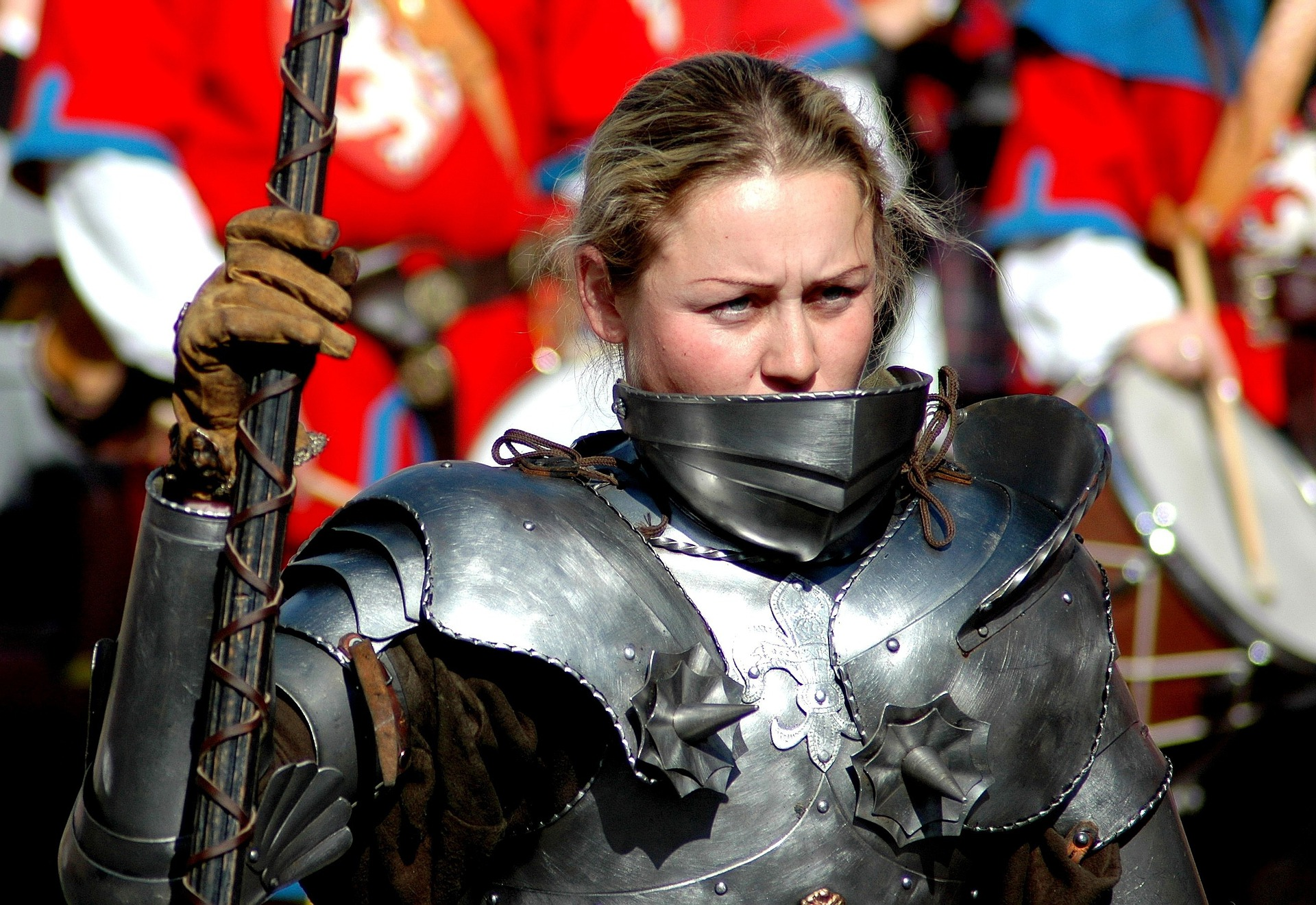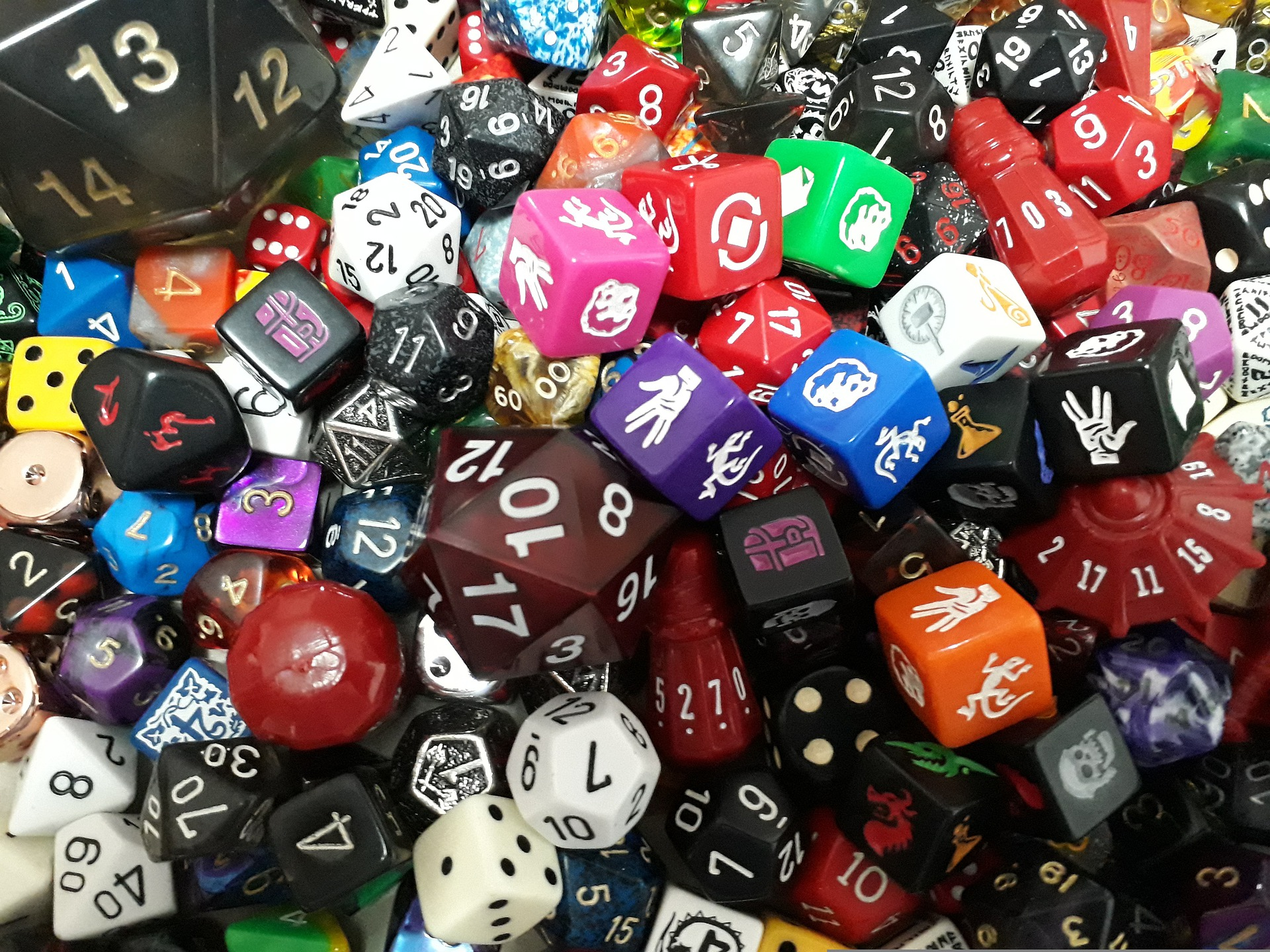
D&D Terminology for New Players
Every community will develop its own unique jargon, and role playing games are no exception. It's hard to overemphasize the importance of clear communication at your gaming table. If you're worried about sitting down at your first D&D session and being lost in the lingo, let alone the core rules, then fear not: here are five common phrases explained for D&D!

#1 D&D Terminology for Your Character Sheet
A.C. and D.C.
No, I'm not talking about the band, or the electrical systems. These are acronyms for two very important aspects of the game.
AC stands for "Armor Class," which describes how heavily armored your character is. This s arguably the most important game mechanic in D&D. Lightly armored player character heroes tend have an armor class value of 12 or 13 while heavily armored player character heroes or the primary antagonist can have an armor class that goes up into the twenties.
DC stands for "Difficulty Class," and described how challenging an action or event is. Easy actions can have a DC around 5, while nearly impossible actions can scale all the way up to the mid-twenties, or even thirty.
So how does gameplay work with these numbers? Well, if you want to hit a target, you'll need to overcome that target's Armor Class. Typically, the higher the target's challenge rating, the higher the armor class. You do this by first making an attack roll. This involves rolling a 20-sided die, and then adding a set of modifiers depending on details of the player character (unless you roll a natural 20--that's an automatic critical hit!).
Most melee combat weapons use strength (or in some cases dexterity) modifiers. Added to the roll is a proficiency bonus, assuming you're proficient with the weapon you're attacking with. If the total value of those numbers is greater than or equal to the target's armor class, then you've landed a hit! Then its a matter of making a damage die roll and subtracting hit points.
Difficulty Class work similar to Armor Class, but they govern attempted actions on a number of other things like trying to climb a fence, keep out of sight of patrolling guard or breaking open a padlock.
Again, make a 20-sided die roll, and then add an ability modifier based on the ability score of the PC and what action is being attempted. Your Dungeon Master should let you know which relevant ability scores are to be used.
When making ability checks, some Dungeon Masters have a critical hit equivalent, but some do not. Speak with your DM to figure out how they deal with ability checks.
These systems help the DM quantify player actions and determine if they pass or fail. And since anything can be attempted in D&D, these systems are vitally important. Having high ability scores and a good armor class can make all the difference when avoiding death!

#2 D&D terminology for Your Dungeon Master
Roll for Initiative!
This is the battle cry that tells everyone involved that combat has started. Soon, hit points will start to drop. I hope you checked the enemy's challenge rating before engaging them!
The technical meaning of this term describes making a 20-sided die roll, then adding your character's dexterity modifier. This number is used to determine where you fit into the order of combat. Going first is obvious perks, while being last opens you up to the most potential damage before you're able to react. No one wants to have 0 hit points before they get a turn!
So make sure to roll well and take your combat round early!

#3 D&D Terminology for Deranged Psychopaths
The Murder-hobo
Players who prefer to kill first and ask questions later get this title bestowed upon them, usually by their annoyed Dungeon Master. This title is a few notches below 'rules lawyer'!
In the long run, this style of gameplay frequently makes the game harder for the players, since non player characters (NPCs) with vital information or helpful advice are usually killed off and eventually the authorities are sent in to deal with the unruly party (unless they have unlimited hit points). Remember, every action has consequences, and your Dungeon Master has a long memory.
In general, its good advice to avoid pushing your Dungeon Master's buttons. Besides, character interaction is a major aspect of D&D; why deny it to your party members by attacking everything and everyone? It would be a shame if you killed the only non player character who held some critical information or game element needed for the adventure! That would definitely change the story arc of the campaign.

#4 D&D Terminology for Rolling Dice
What dice to roll, and how many?
Since there are so many different types of dice used in D&D, jargon was developed to quickly and easily talk about what number of what type of dice need to be rolled.
So instead of your dungeon masters saying, "roll three 10 sided dice", you can just say roll 3d10. It's so much faster and simpler to decipher once you get the hang of it.
Besides, it's super satisfying to cast spells and say something like you take 8d6 damage from fireball and then you grab a huge handful of dice to deal arcane magic damage! Imagine making those dice rolls and the damage to the enemy's hit points!

#5 D&D Terminology for the Final Boss
The B.B.E.G.
We save this one for last, because that's where B.B.E.G.s usually go in an adventure! As you may have guessed B.B.E.G. is an acronym, and it stands for big, bad, evil guy (or gal). This is the primary antagonist: the big, bad boss. The B.B.E.G. has been controlling the adventure's narrative since the beginning, but usually by the end of the campaign, the party has caught up to him and is ready to dish out justice!
Good luck taking them down; they tend to have more hit points, better ability scores, a higher armor class, and more spell slots than typical non player characters. Some of them can even make critical hits on you easier! This is the Dungeon Master's chance do character creation for a character with more skill points and hit dice than is normal, all while trying to maintain game balance.
Typically, their challenge rating is higher than the party's although not always. The best B.B.E.G.s will force player characters to make saving throws, opportunity attack rolls, and utilize new game mechanics they haven't used before. If you're going to face a total party kill anywhere in the story arc, this is the place.
Some famous B.B.E.G. characters include Bowser from Mario Brothers, Ganondorf from the Legend of Zelda, or Sauron from the Lord of the Rings.
B.B.E.G. characters don't even need to be people: think of the shark from Jaws, or just the volcano from Dante's Peak. B.B.E.G. characters are as varied as the Dungeon Master allows.

Talk Like a Pro!
Start Rolling Dice and Slaying Enemies!
There you have it: 5 common phrases you're now armed with for your first game session! Many of these terms are common not just to D&D, but to other role playing games and tabletop games as well. Make sure to enjoy learning all about them and the basic rules more as you play!
